The Jewel of LYnchburg

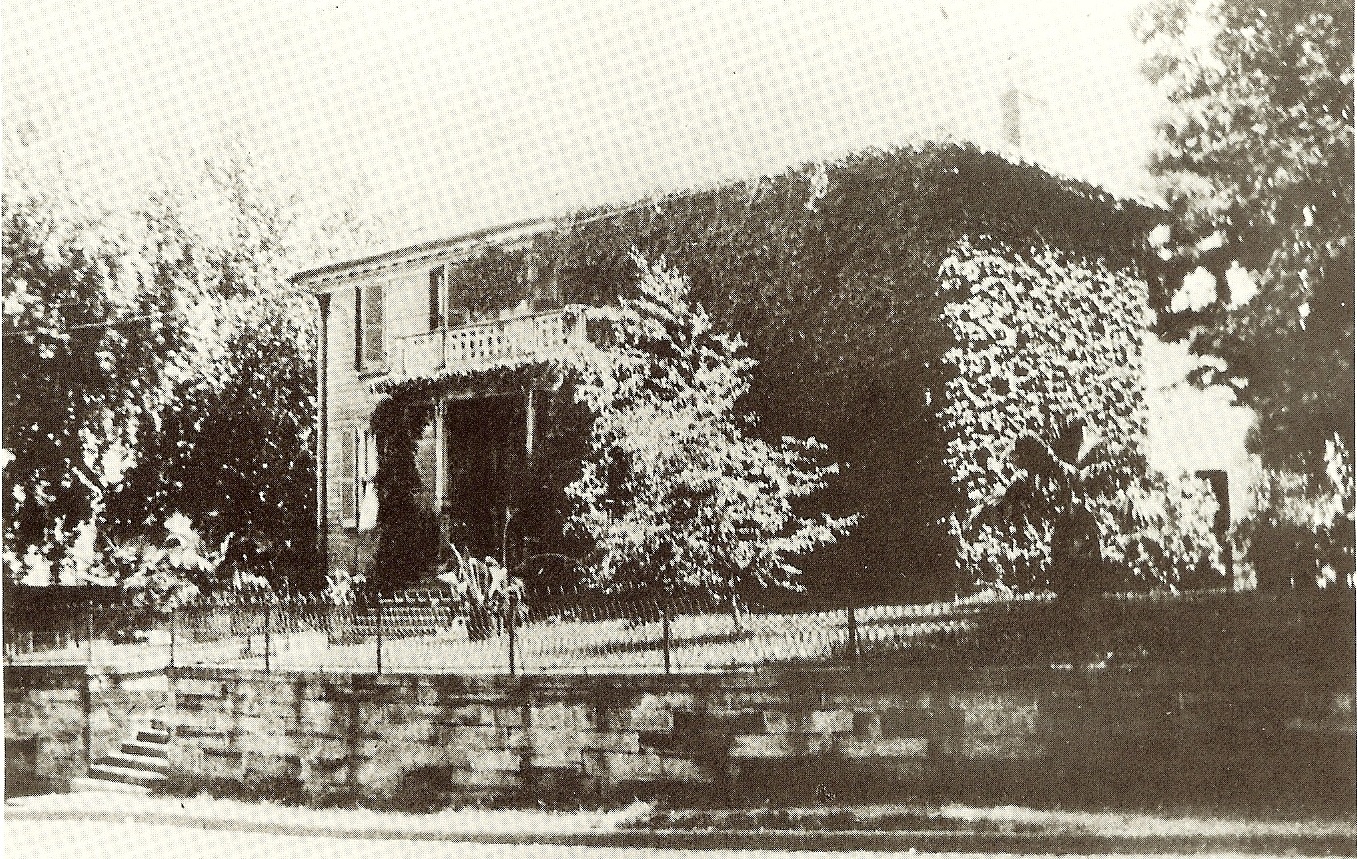
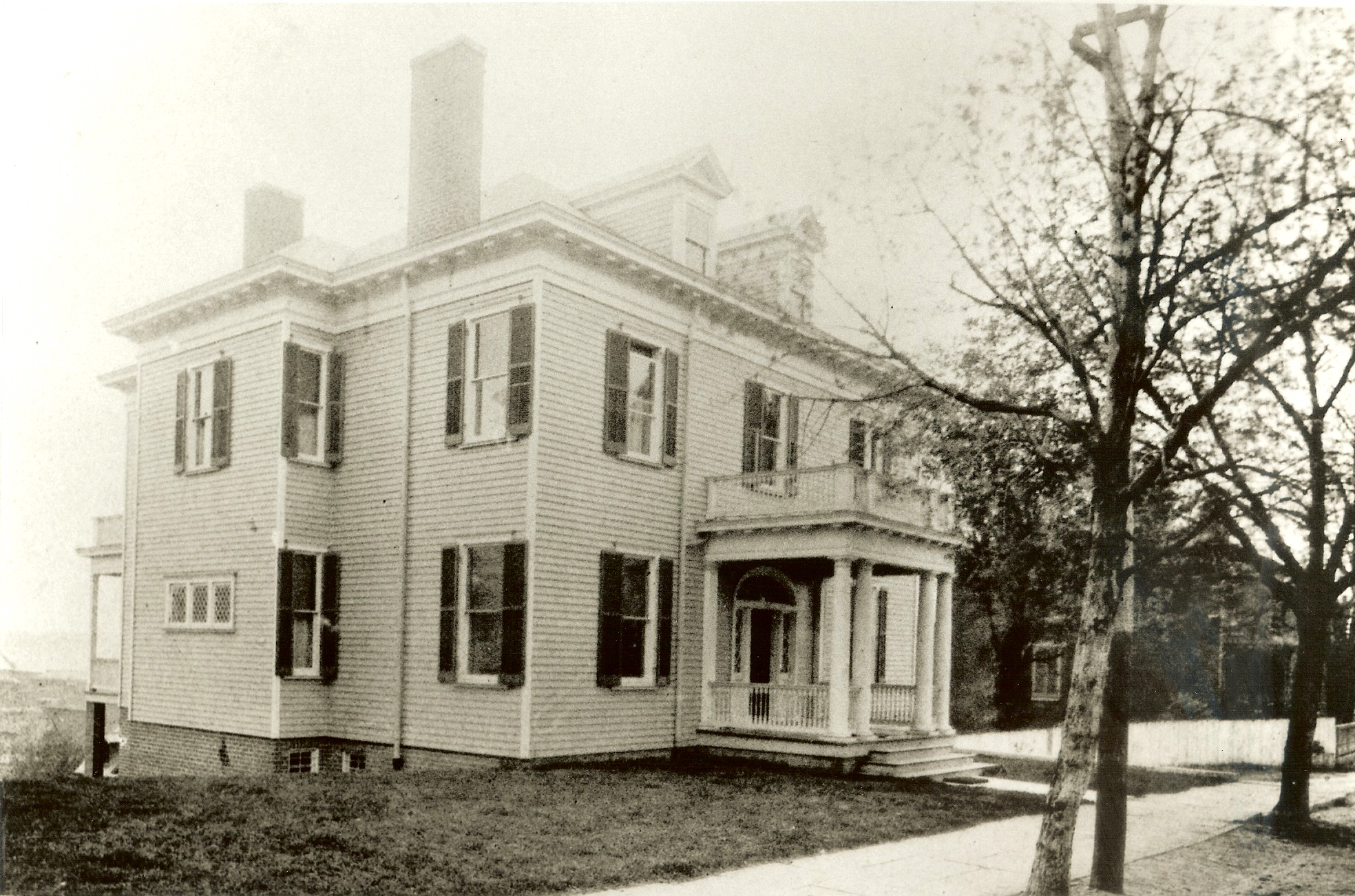

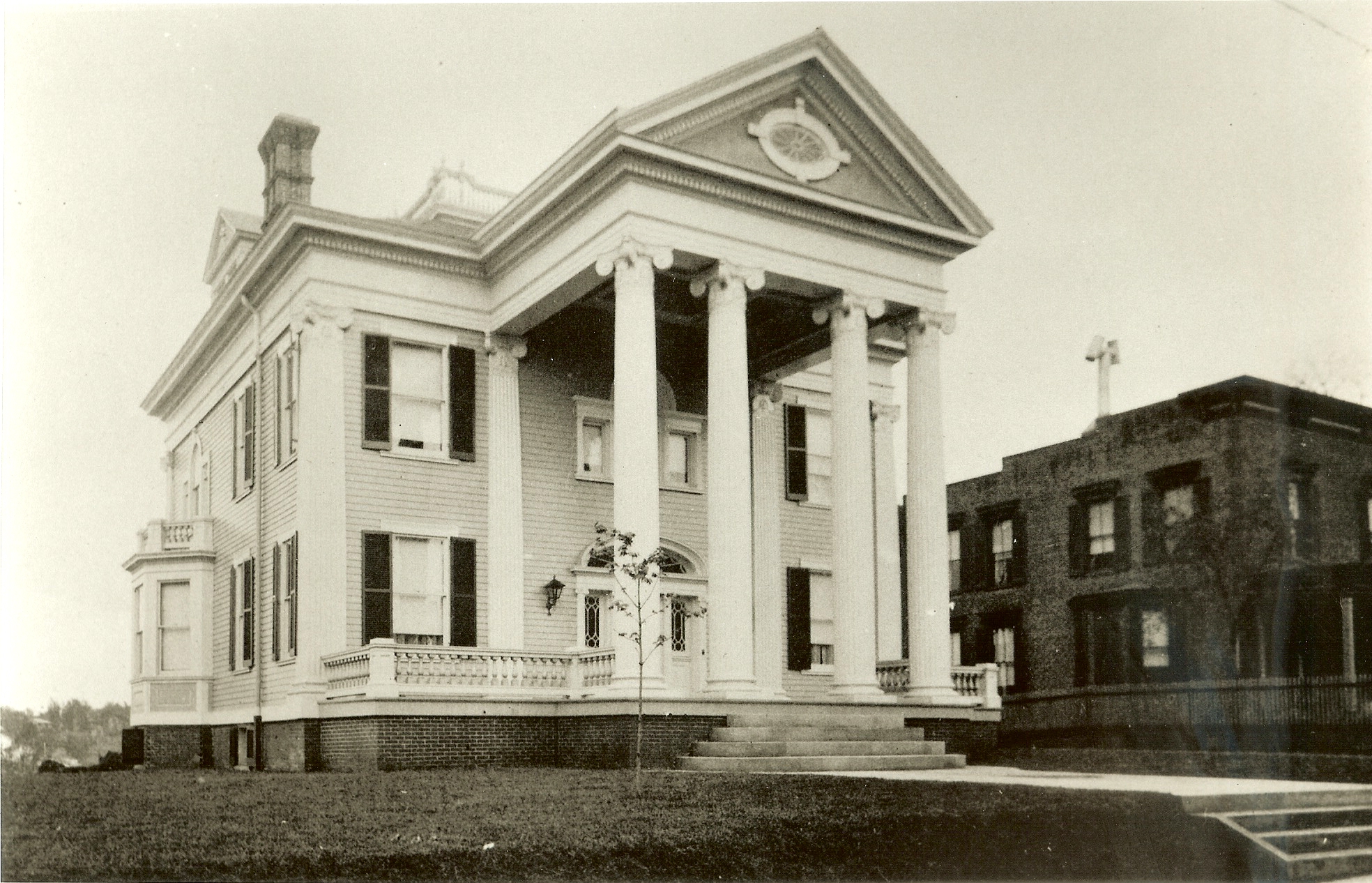


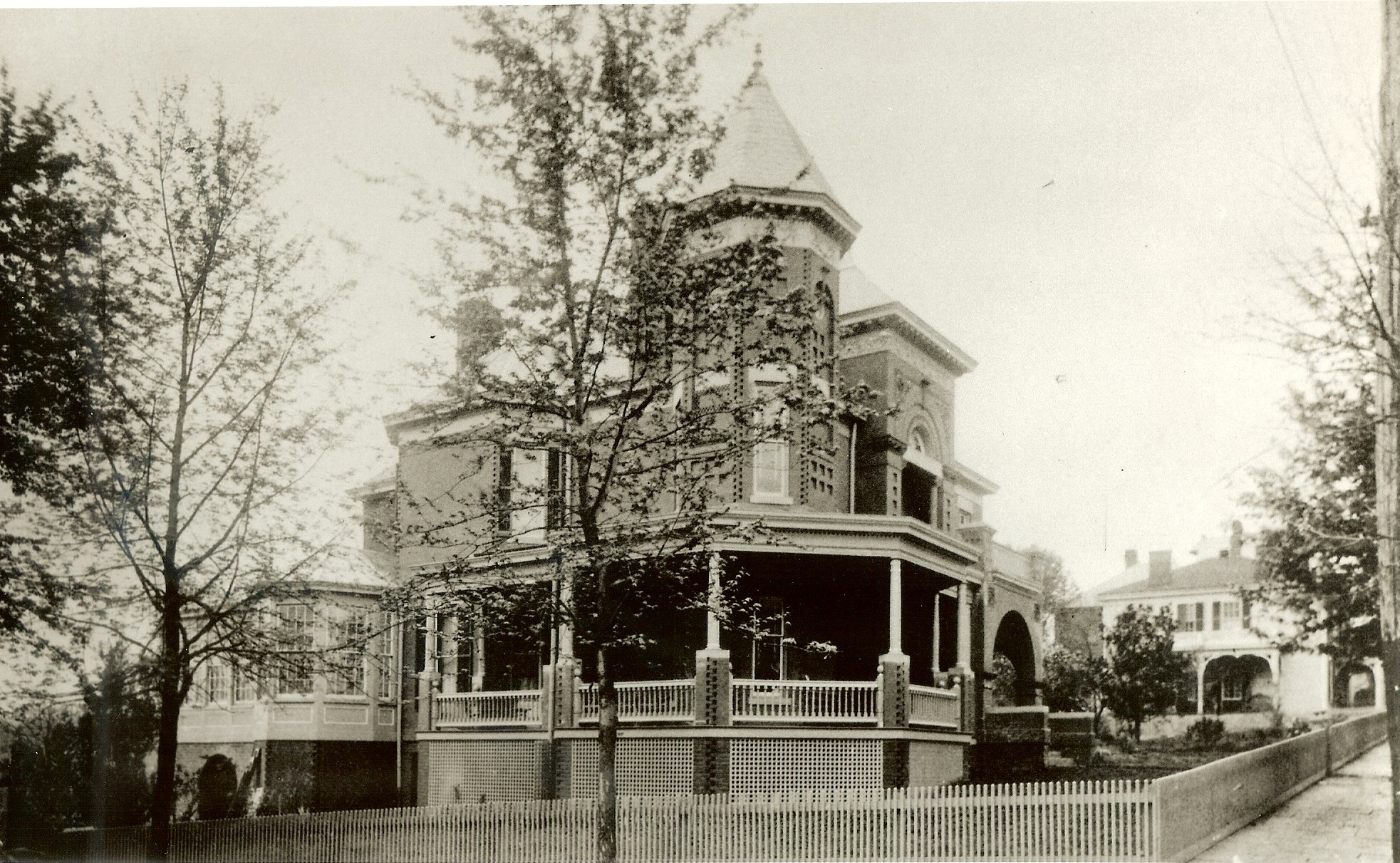
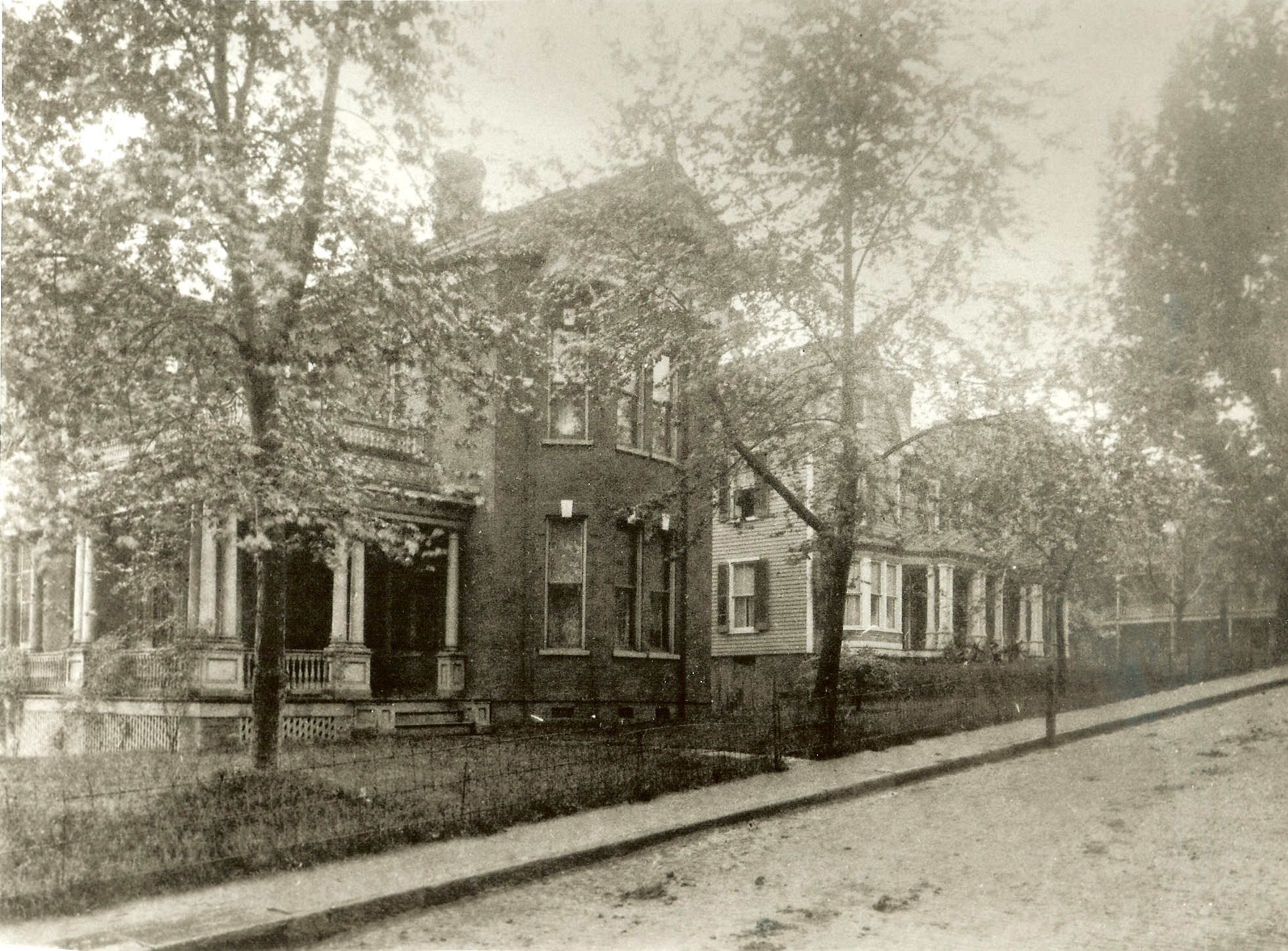
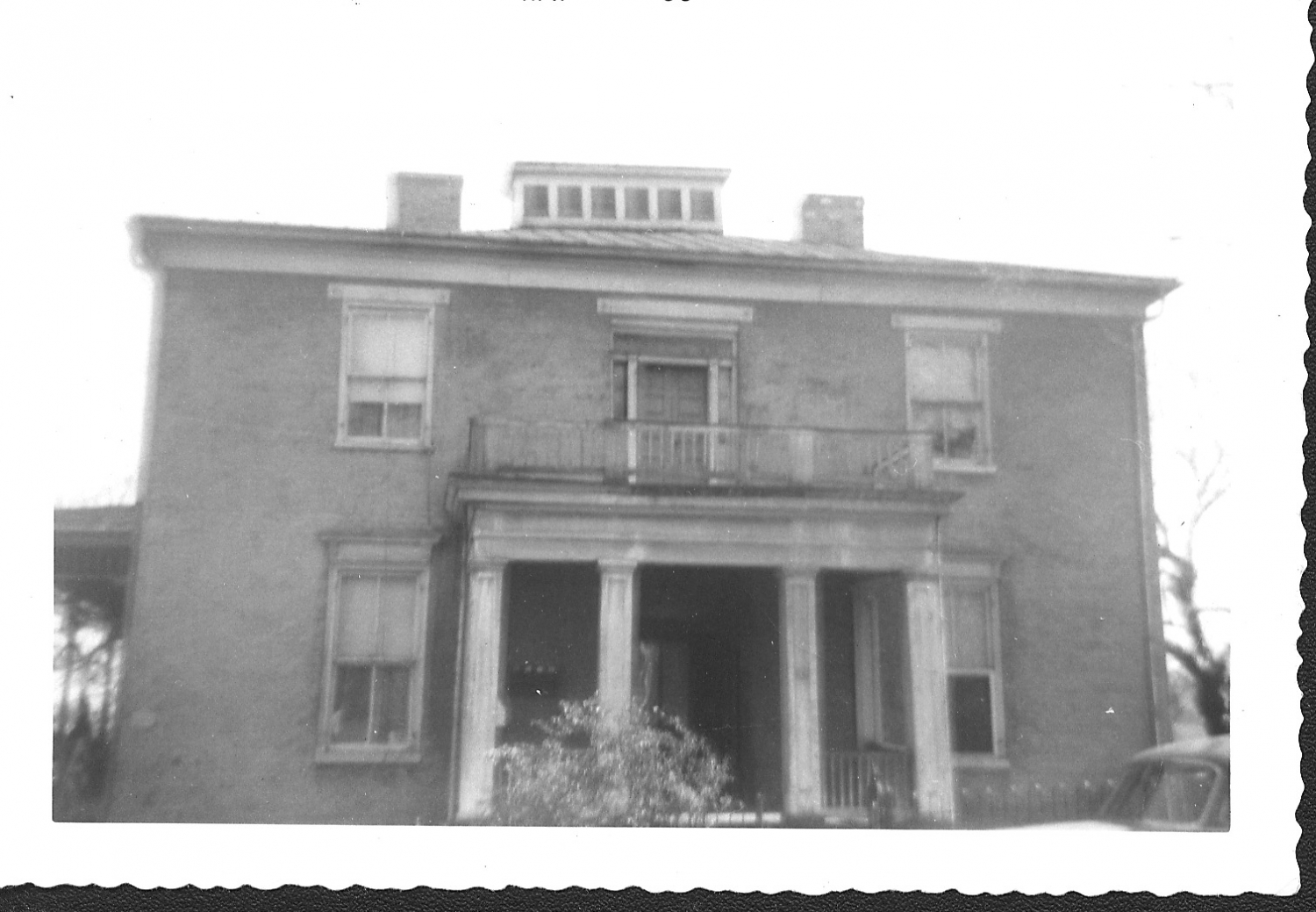







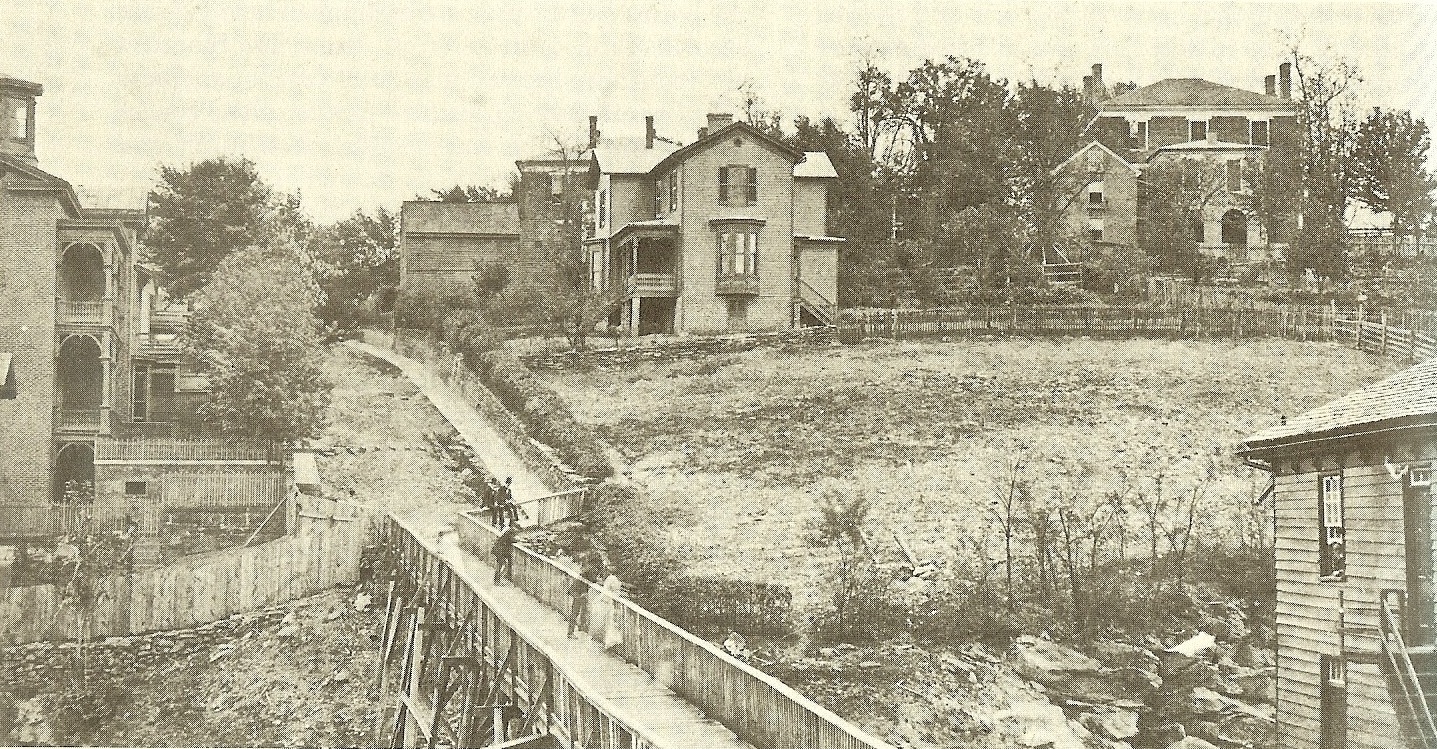
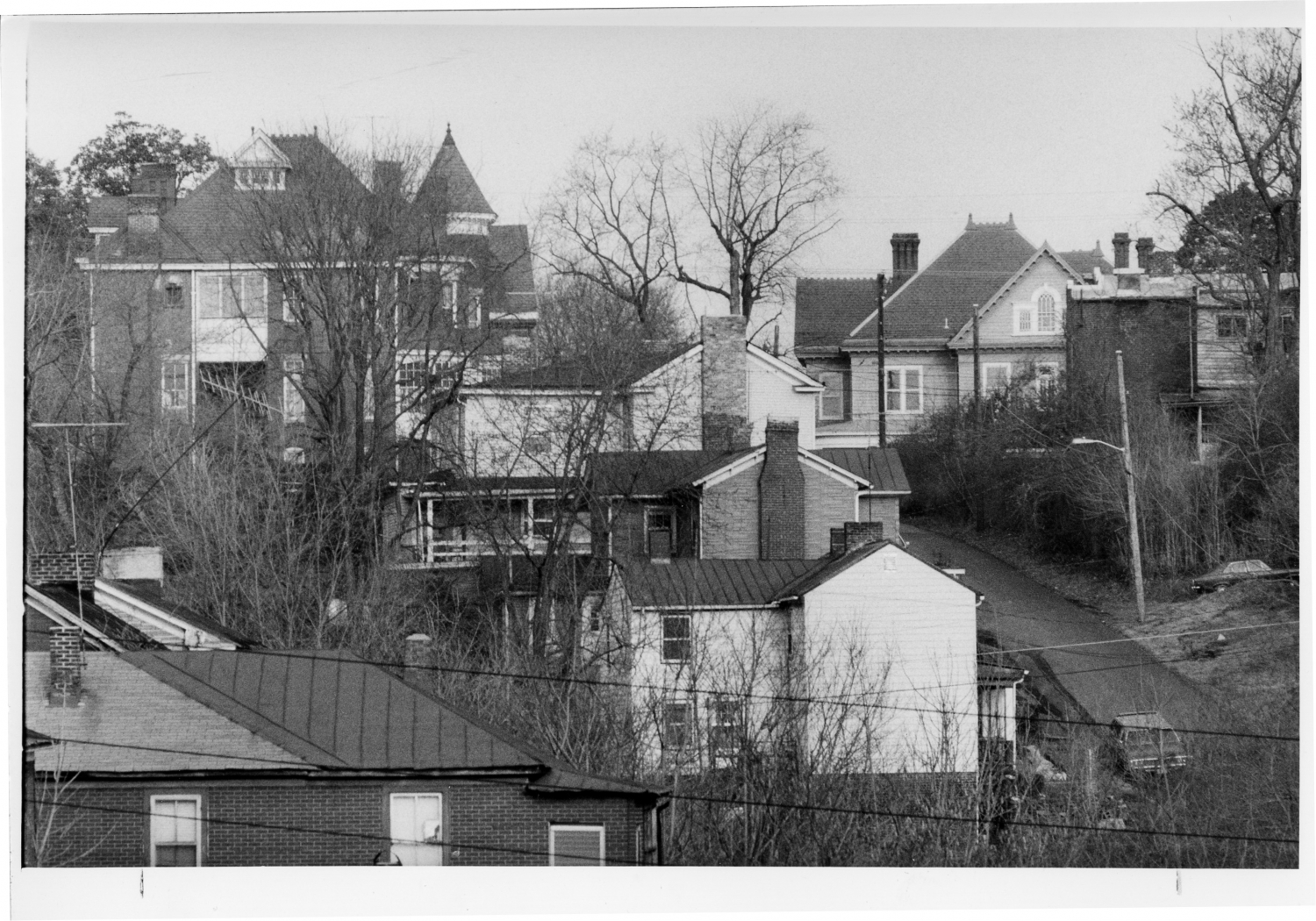



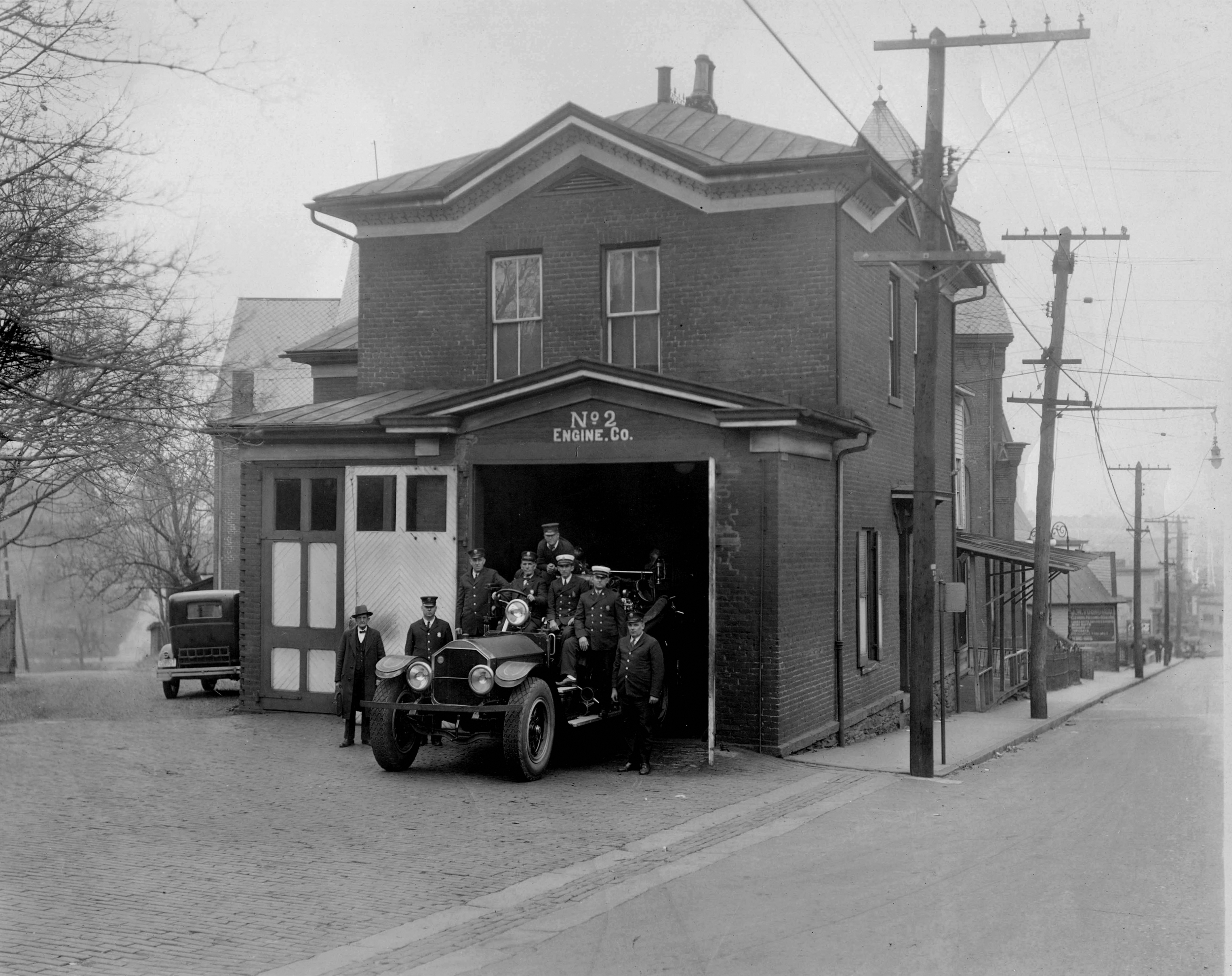

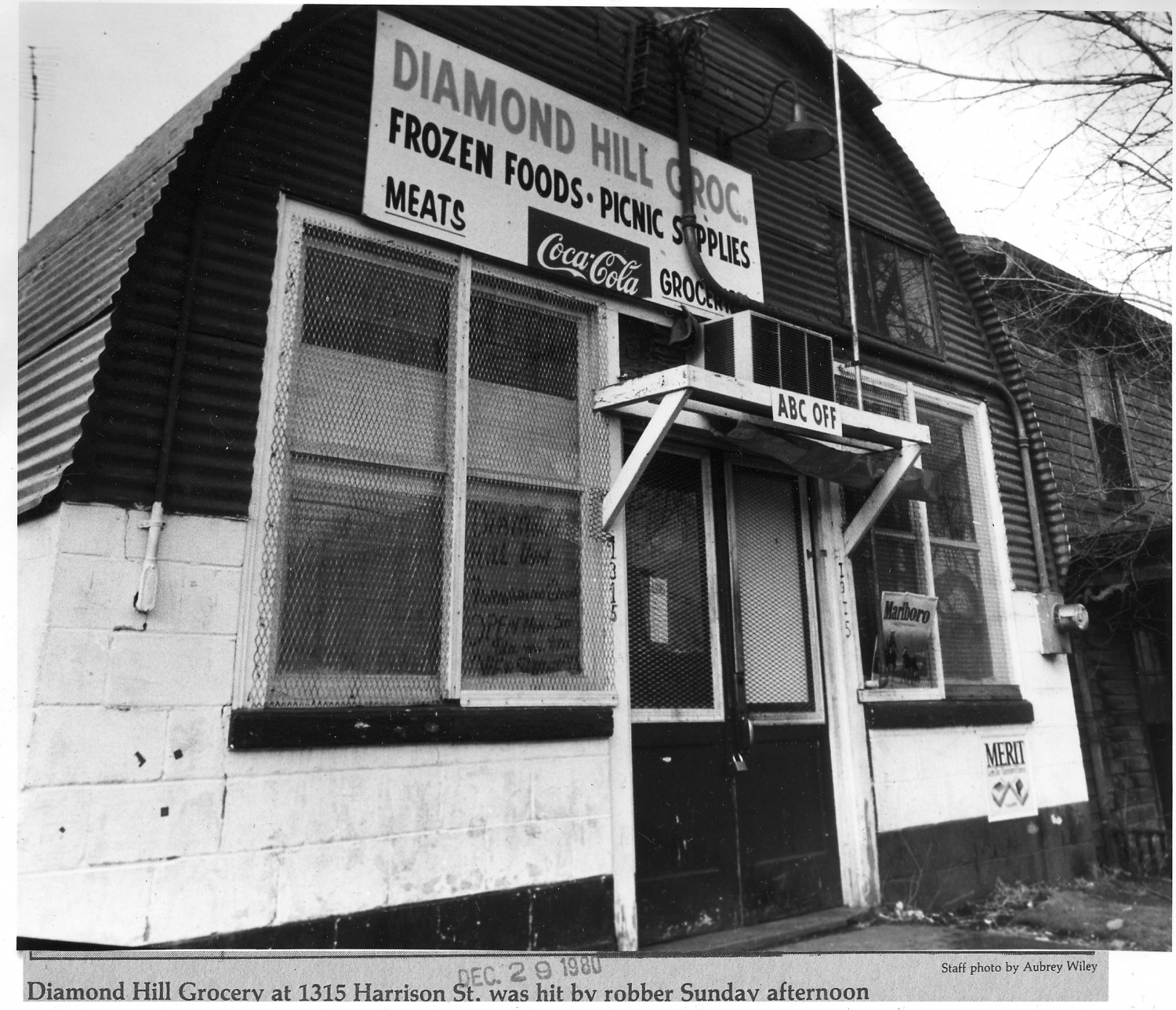
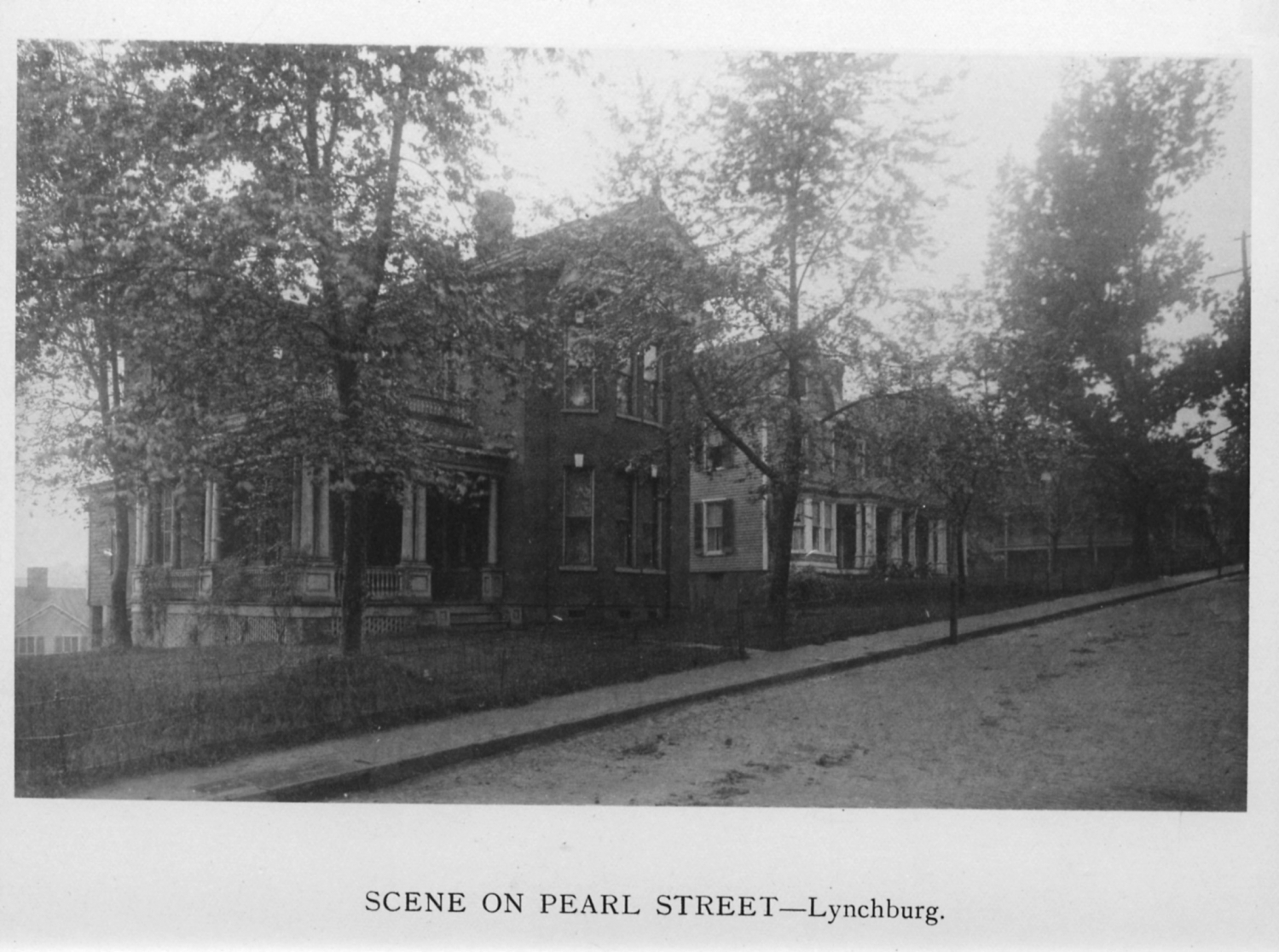
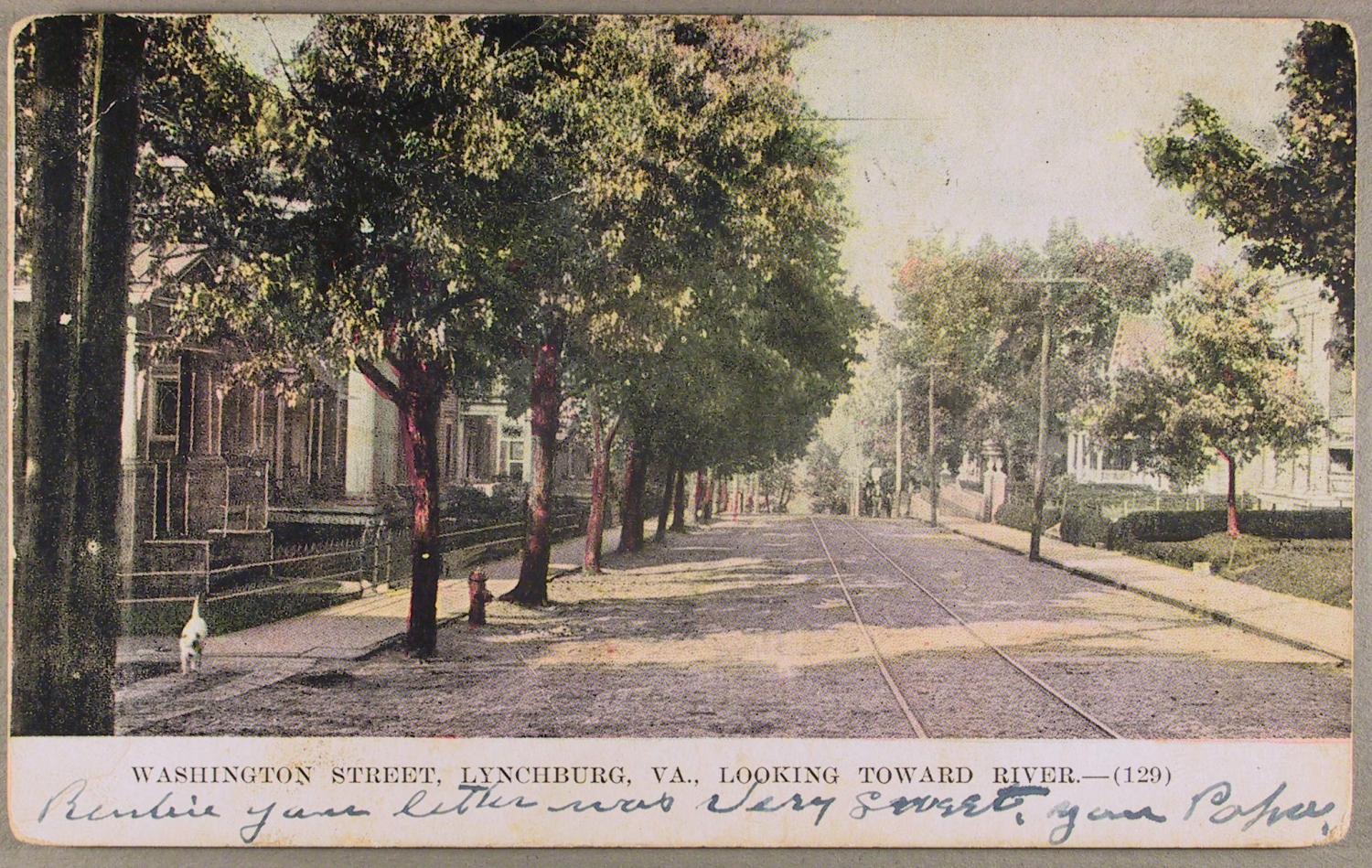

Located immediately south of downtown Lynchburg, Diamond Hill was one of the city’s most prestigious neighborhoods at the turn of the 20th century. The area is not truly a hill, but a ridge extending northeast from the high bluff that runs parallel with the James River. The land drops off steeply on three sides of this ridge, providing spectacular views of the city.
"Diamond Hill" was the third of Lynchburg’s original seven hills to be developed as a residential neighborhood. With Washington Street as the central thoroughfare, a wide variety of architectural styles can be found along its primary and access streets, which include Harrison, Madison, Clay, Grace, 13th and Pearl.
Although the name "Diamond Hill" appeared in a newspaper advertisement as early as 1825, the origin of the name has not been definitively established. It is quite likely, however, that the area derives its name from Diamond Hill plantation which was established in the late 1700’s or early 1800’s by Edward Lynch, brother of Lynchburg’s founder, John Lynch. Much of Diamond Hill was originally part of the plantation that Edward named for the deposits of white quartz he discovered on his land.
Not to be confused with Diamond Hill near Moneta in Bedford County, the land encompassing Lynchburg’s Diamond Hill was originally part of present-day Campbell County. It was annexed into the City of Lynchburg in 1870. A few of the early rural homes built on the hill still stand, including several antebellum houses and later additions in the Italianate, Greek Revival and Stick styles.
Prior to 1856, when the ladies of Diamond Hill collected enough money to have a footbridge built across the ravine at the foot of Church Street, the only access to the hill was via Grace Street. The City finally filled in the ravine containing Horseford Branch when trolley service was initiated to Diamond Hill in 1894.
The "golden age"of Diamond Hill began as the result of the land boom in the 1890’s. During this period many of the large lots were subdivided and some of the older structures were razed to accommodate more homes. The new construction ranged from speculative rental units to stately architect-designed houses, usually in the Queen Anne or Georgian Revival style. At the end of the 19th century, the Williams-Fletcher families sold a significant portion of their Hill property as part of the grant that led to the founding of Sweet Briar College in 1901. This had a considerable effect in opening additional land for development and fostering the establishment of Diamond Hill as a very desirable and elegant neighborhood.
The area flourished as a respected and somewhat exclusive residential district until World War II. By that time many of the original families had died out or moved to newer neighborhoods. Trolley service had been discontinued and automobiles now permitted families to escape the pollution from industries along the James River. Many formerly elegant mansions had been converted into apartments and rooming houses, and most buildings were suffering from lack of maintenance by absentee owners.
The rebirth of Diamond Hill began in 1974 when a group of concerned property owners organized to form the Diamond Hill Historical Society. Their goals were twofold: to preserve the neighborhood’s turn-of-the-century character and to develop the public’s awareness of the area’s architectural gems and the city leaders (lawyers, doctors, tobacconists, city officials, architects and businessmen) who built them. Due largely to the efforts of the Society, City Council adopted a historic district ordinance and established Diamond Hill as Lynchburg’s first historic district in 1978. Along with local designation, Diamond Hill is now listed on the Virginia Register and the National Register of Historical Places.
Today, structural restoration and preservation remain important features on the Hill, with homes raging from fully restored, to works in progress, to those awaiting historically-minded owners who will delight in preserving a part of history for posterity. The district retains much of its original fabric, although there is a sprinkling of newer structures.
All of the houses and gardens are privately owned, but many are opened to the public for special occasions such as holiday tours, Virginia Garden Week in April or Historic Preservation Week. Visitors are welcome, and they are invited to explore the area by foot or in their cars following the tour map and brochure available at the Lynchburg Visitors’ Center at the corner of Church and Twelfth Streets. Signs at the Main Street exit from US-29 will direct you to the Visitors' Center. Diamond Hill is located just a few blocks up Church street from the Visitors' Center.